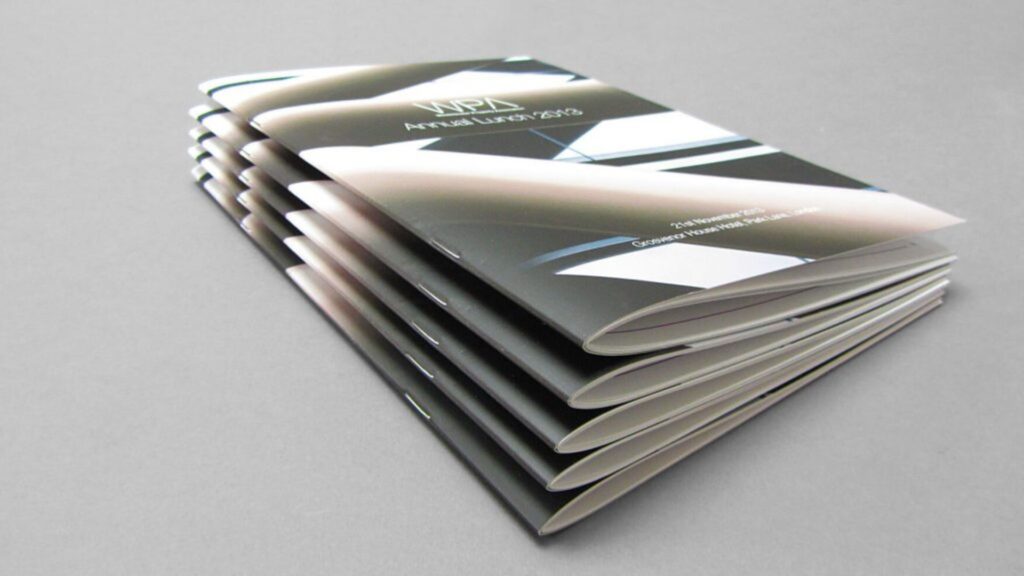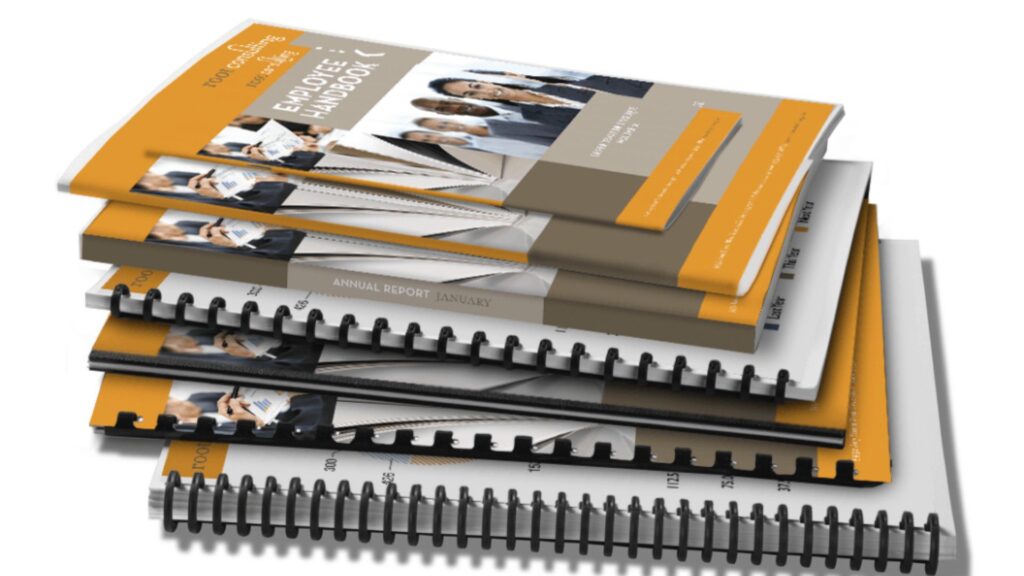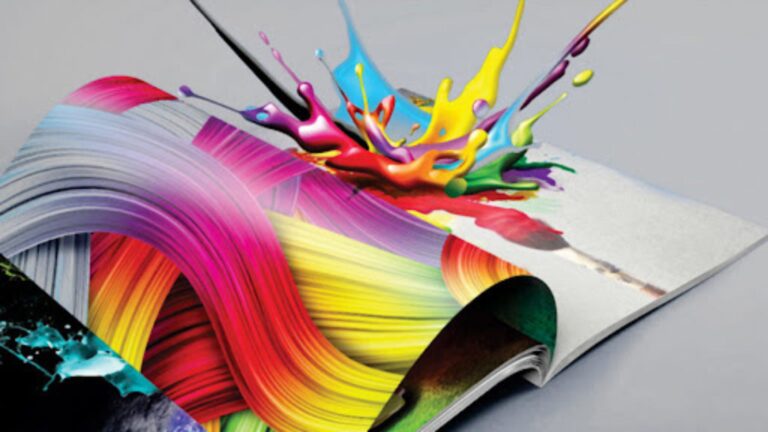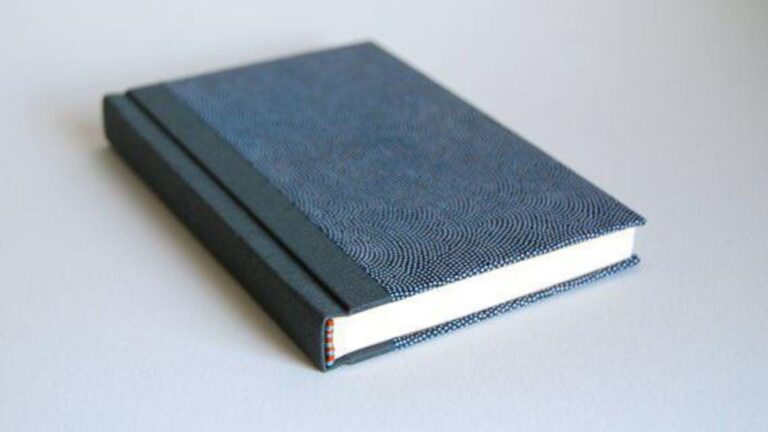
The way you bind your presentation materials can be just as important as the content itself. A professional binding method not only improves the appearance but also enhances usability and creates a lasting impression. Whether you’re presenting to clients, executives, or at a conference, selecting the right binding communicates credibility, organization, and attention to detail.
This article guides you through the most effective binding options for different types of presentations and helps you choose the best one based on audience, purpose, and format.

Why Binding Matters in Presentations
In a digital age, printed materials still hold power—especially in face-to-face meetings. A well-bound presentation:
-
Improves professionalism
-
Protects documents during transport and handling
-
Organizes content in a logical, easy-to-follow layout
-
Enhances brand image with custom covers and finishes
Binding turns loose sheets into a polished, cohesive document that reflects your preparation and quality standards.
Key Factors to Consider
Before choosing a binding method, consider the following:
Audience
-
Formal or executive audience? Opt for high-end options like thermal or perfect binding.
-
Internal team or casual setting? Coil or comb binding may be sufficient.
Content Type
-
Use lay-flat binding (spiral or wire-o) for reference materials or data-heavy documents.
-
Choose permanent binding (thermal, perfect) for finalized reports or proposals.
Page Count
-
Short presentations (under 30 pages) can use saddle stitch or stapled binding.
-
Longer documents (over 60 pages) require coil, wire-o, or perfect binding.
Design Aesthetic
-
Do you want a modern, sleek look or something more functional?
-
Custom covers and spine printing may be important for branding.
Popular Binding Options for Presentations
Spiral (Coil) Binding
Spiral binding uses a durable plastic coil threaded through punched holes along the edge.
Best for:
-
Training materials
-
Technical documents
-
Sales decks
Pros:
-
Lays flat and folds back easily
-
Durable and flexible
-
Cost-effective
Cons:
-
Coils are visible (may look casual)
-
No printed spine
Wire-O Binding
Similar to spiral but uses a metal wire for a cleaner, more upscale finish.
Best for:
-
Marketing presentations
-
Client-facing documents
-
Calendars and reports
Pros:
-
Professional look
-
Also lays flat
-
Pages turn smoothly
Cons:
-
Slightly higher cost
-
Not ideal for very thick documents
Perfect Binding
Perfect binding gives your document a soft cover with a square spine, like a paperback book.
Best for:
-
Final project presentations
-
Product catalogs
-
Corporate proposals
Pros:
-
Highly professional appearance
-
Printable spine
-
Great for larger documents
Cons:
-
Does not lay flat
-
Not easily editable after binding
Thermal Binding
Thermal binding uses heat to glue pages into a pre-made cover.
Best for:
-
Boardroom presentations
-
Legal or financial reports
-
Formal proposals
Pros:
-
Clean, executive finish
-
Fast and simple process
-
Ideal for one-time use
Cons:
-
No lay-flat capability
-
Not editable after binding
Saddle Stitch (Stapled)
Pages are folded and stapled at the center fold.
Best for:
-
Short handouts
-
Event booklets
-
Informal team presentations
Pros:
-
Fast and inexpensive
-
Lightweight and compact
Cons:
-
Limited to smaller page counts
-
Less durable
Conclusion
Choosing the right binding for your presentation is about balancing form and function. Think about who will receive your materials, how the content will be used, and the impression you want to make. A well-bound document doesn’t just organize your content—it enhances your message and reinforces your professionalism. With the right method, your presentation will be as impressive in form as it is in content.






